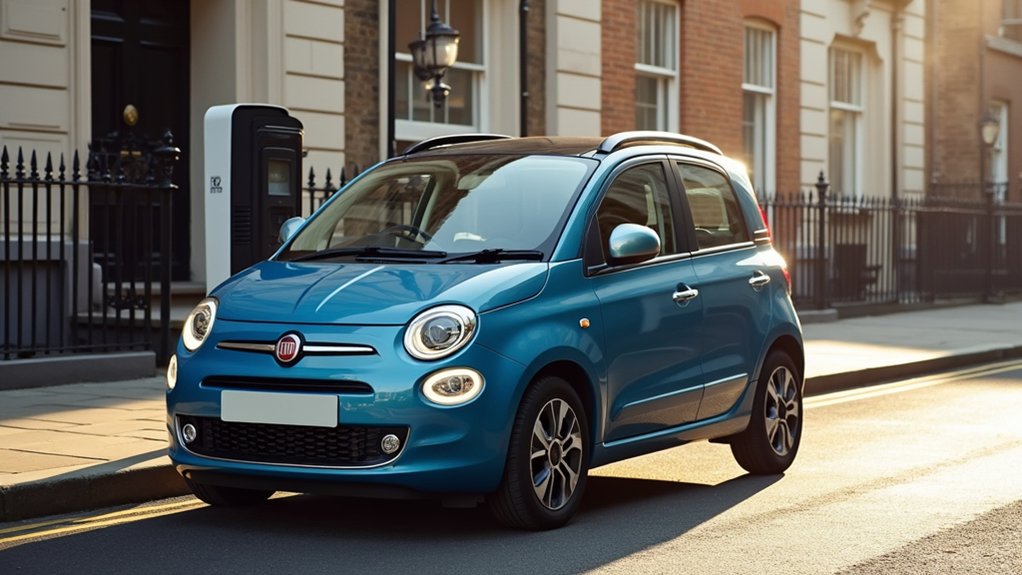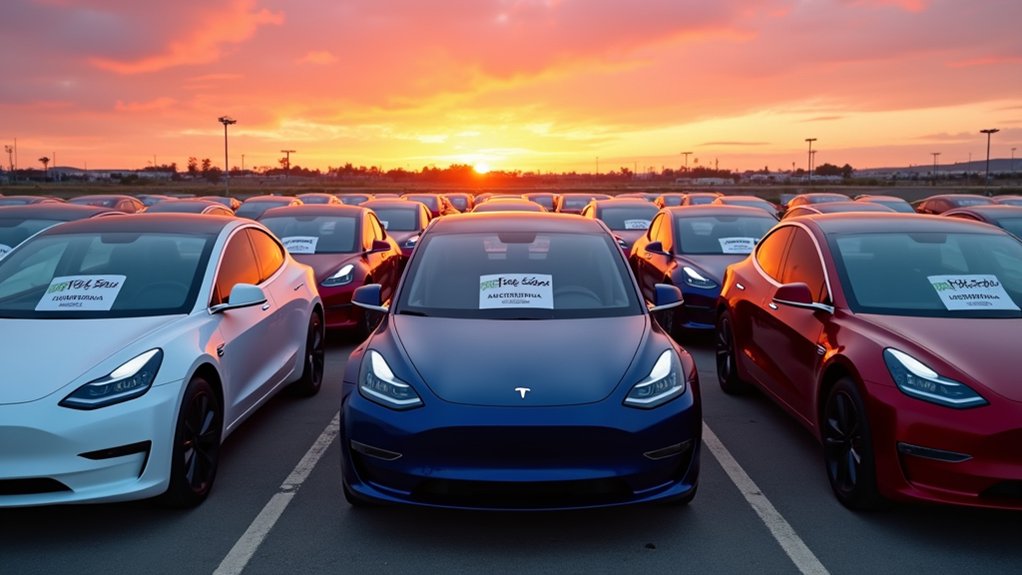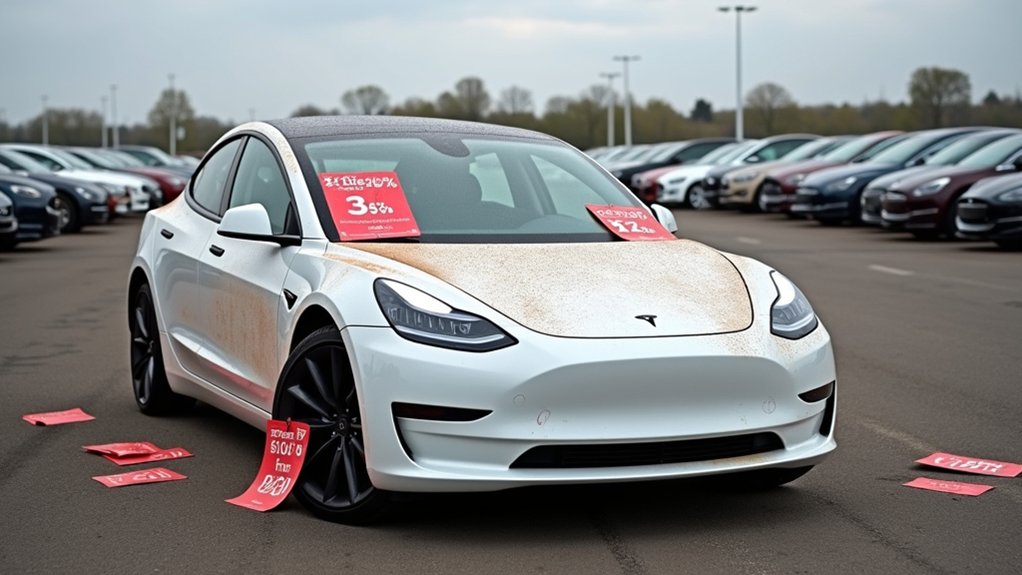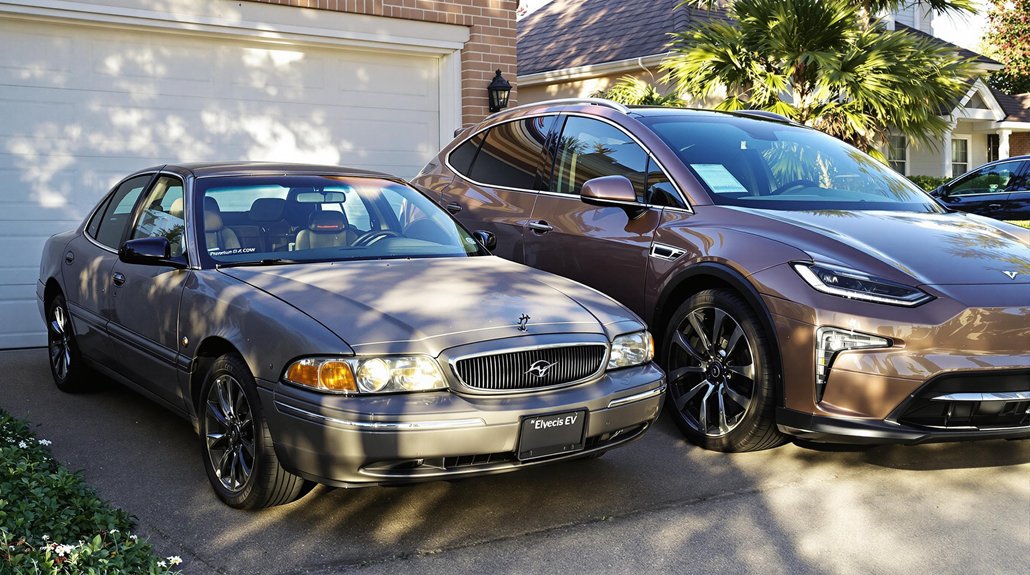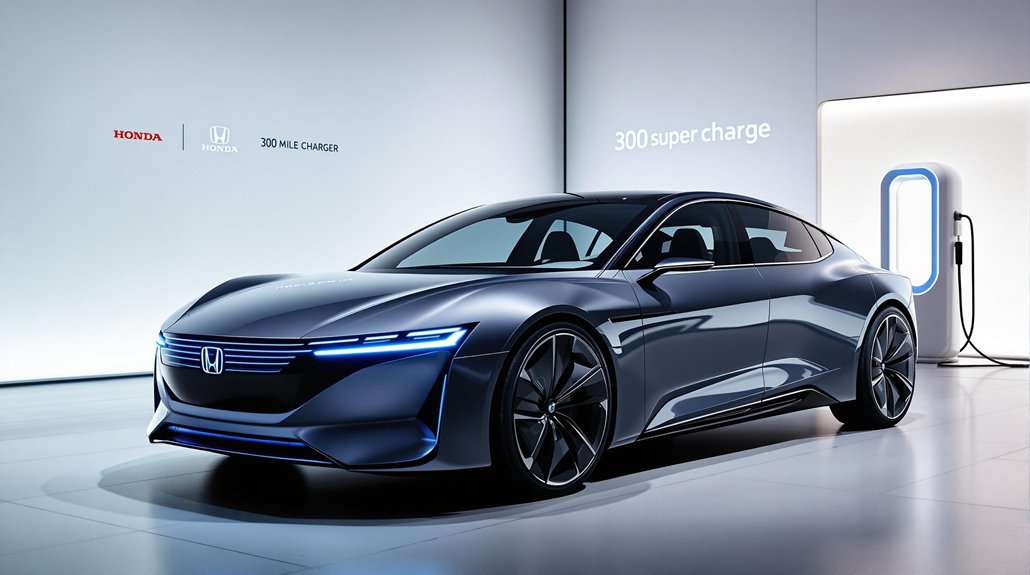While the overall used car market has begun to stabilize, the electric vehicle segment is experiencing a dramatic correction as prices continue to plummet at an unprecedented rate. Recent data reveals that average listing prices for used EVs reached $36,929 in April 2025, reflecting a 2.9% month-over-month decrease and a striking 15.1% year-over-year decline since February 2024.
The pricing trajectory of used electric vehicles stands in stark contrast to their gasoline-powered counterparts. Used gas and hybrid vehicles saw only a modest 0.5% year-over-year price drop, while CarMax reports that average used EV prices have plummeted by more than 40% over the last three years. This narrowing gap places 1- to 5-year-old EVs at an average of $32,198—merely $917 above comparable internal combustion models.
The EV pricing revolution is real—slashing the premium over gas vehicles to less than $1,000 after a stunning 40% three-year drop.
Supply factors are greatly influencing this market correction. Approximately 123,000 leased EVs are expected to re-enter the used market in 2025, with that number projected to surge to 329,000 units in 2026. This influx will constitute about 14% of the entire used car market, creating downward pressure on prices that shows no immediate signs of abating.
Consumer interest, however, remains robust despite—or perhaps because of—falling prices. Monthly searches filtered for electric vehicles have nearly doubled since January 2022, with Ford’s F-150 Lightning and the Rivian R1T breaking into the top 10 most popular used EVs. The used EV sales rose 62.6% in Q4 2024 compared to the same period in 2023, reaching a record market share of 1.9%. The market is clearly moving beyond early adopters.
Regional variations tell an interesting story, too. Oregon has surpassed California in used EV market share among CarMax sales, demonstrating how state incentives and charging infrastructure can reshape buying patterns. The inclusion of new states like Utah, New Mexico, Minnesota, and New Jersey in the top ten for EV sales further indicates growing nationwide adoption.
The fundamentals driving this price correction appear sustainable. Enhanced model diversity, improved battery technology, and better warranty coverage make older EVs increasingly attractive purchases. As the average BEV price continues to decrease from the global average of $44,400, consumers who were previously priced out of the market now have more accessible options. For consumers who’ve been hesitant to enter the electric vehicle market due to cost concerns, the current environment offers unprecedented value as the price differential between EV and conventional vehicles continues to shrink.


